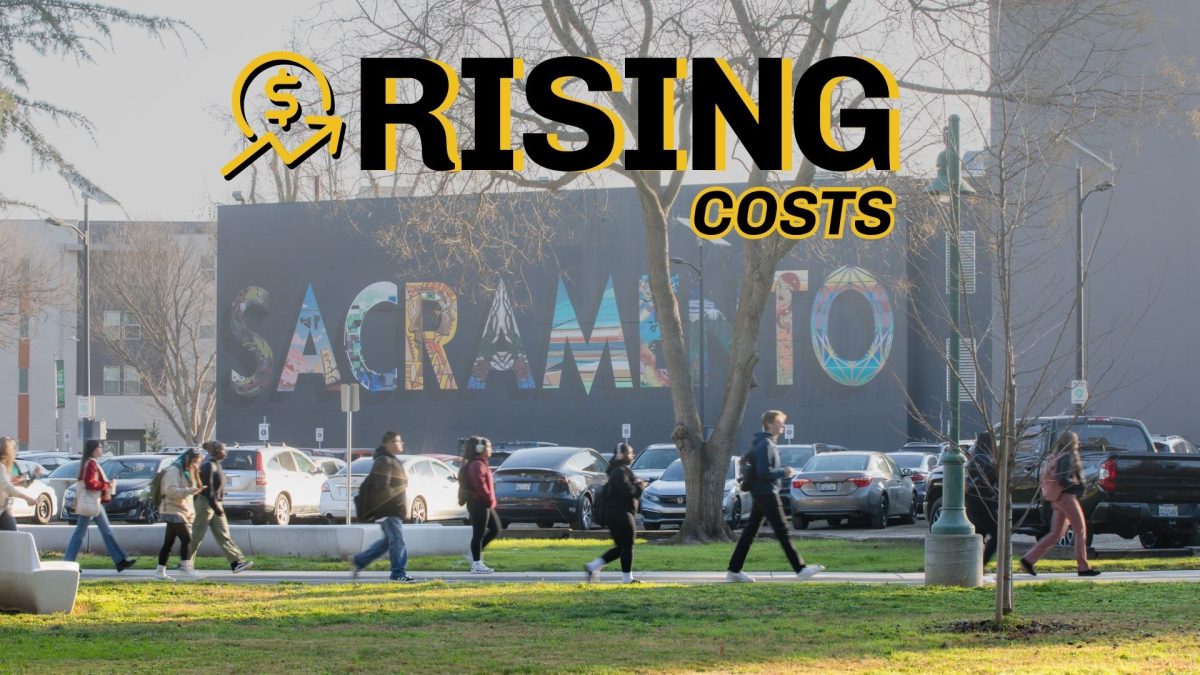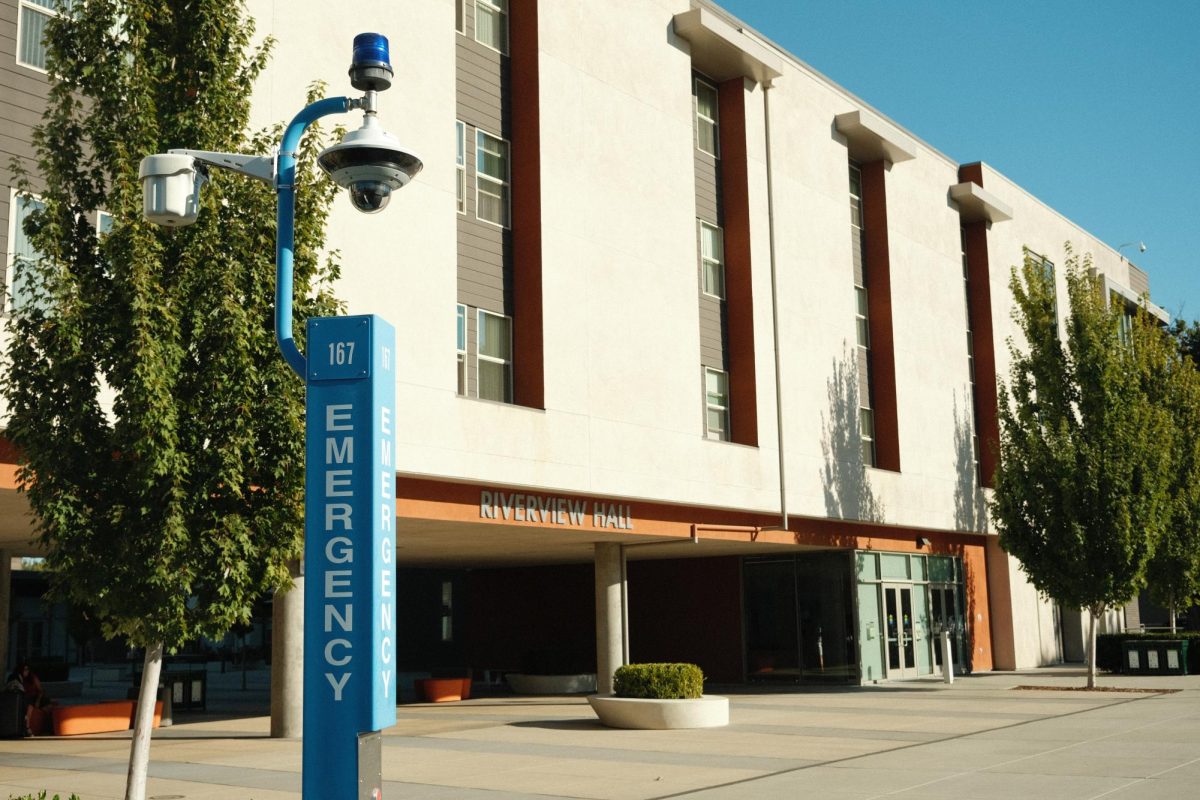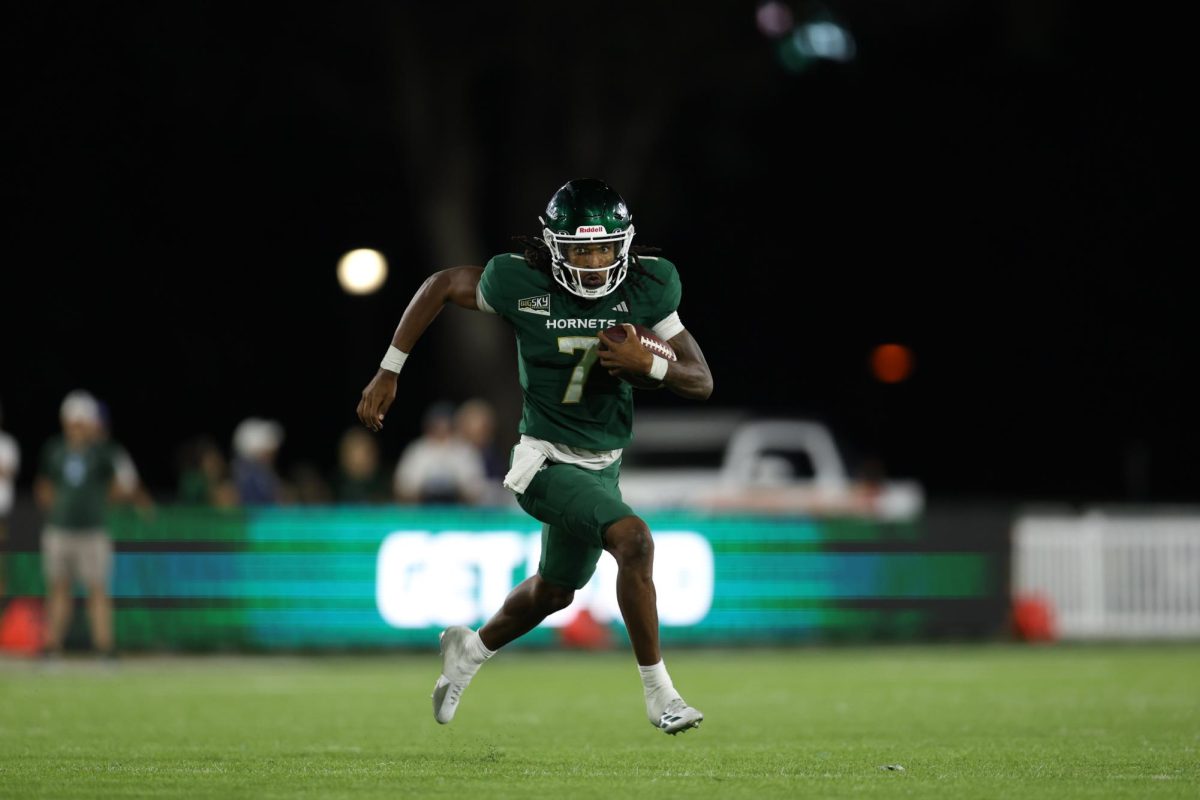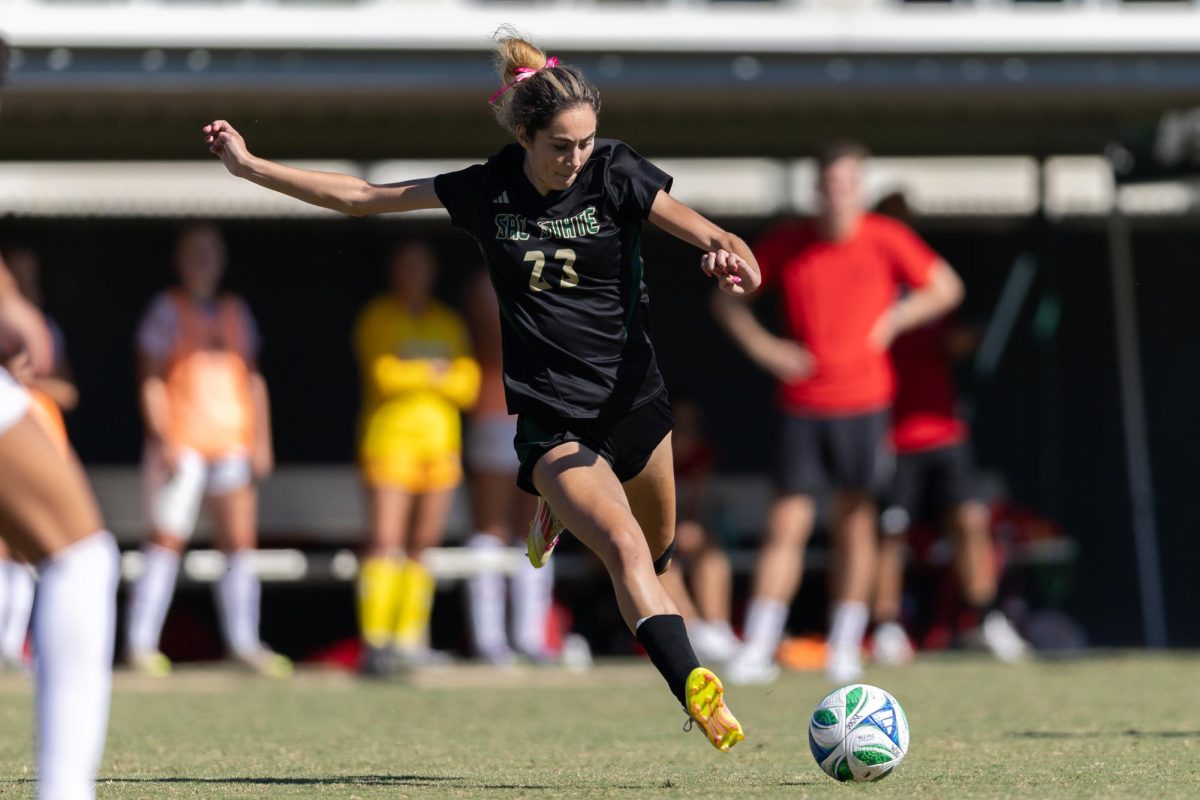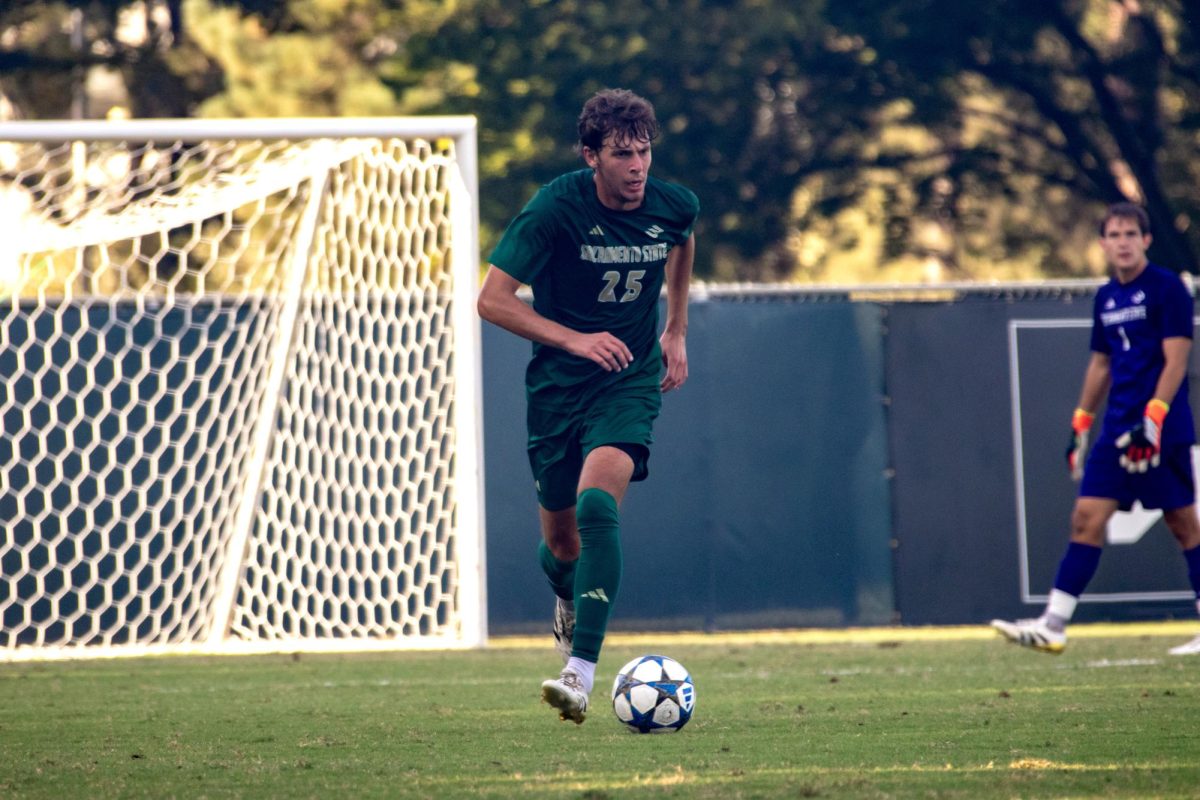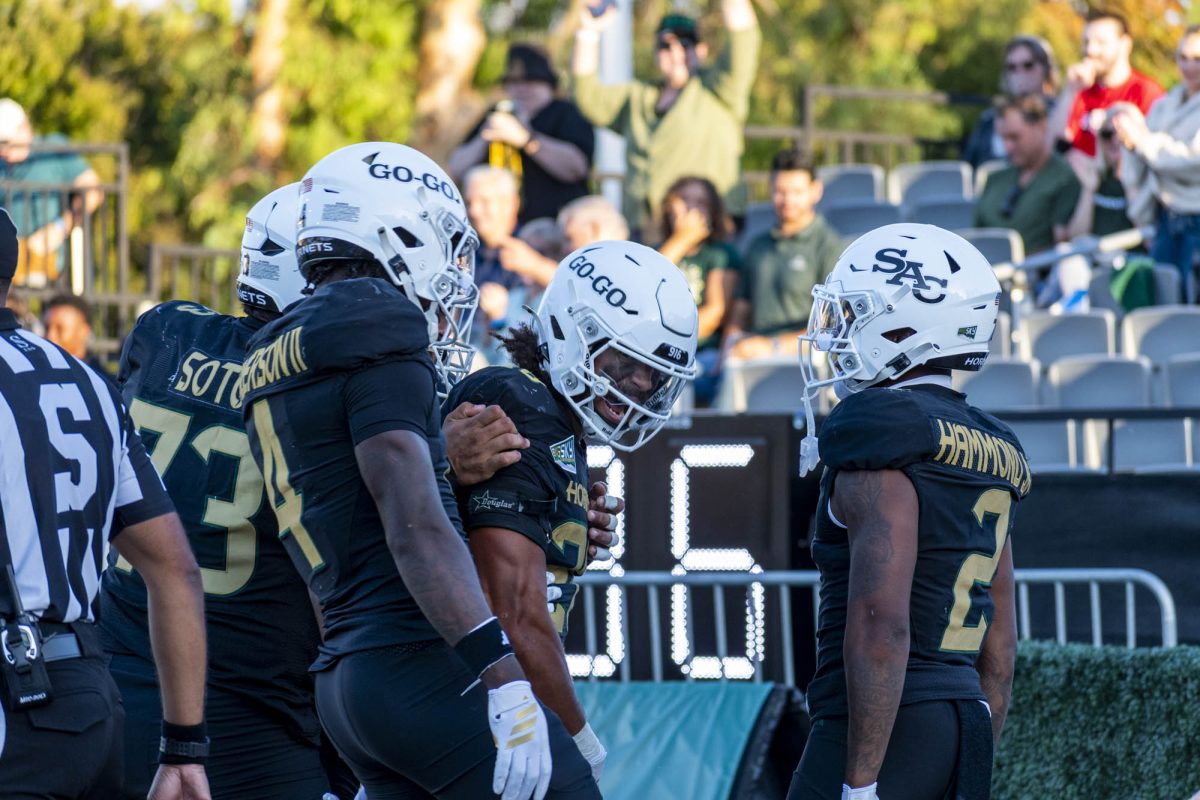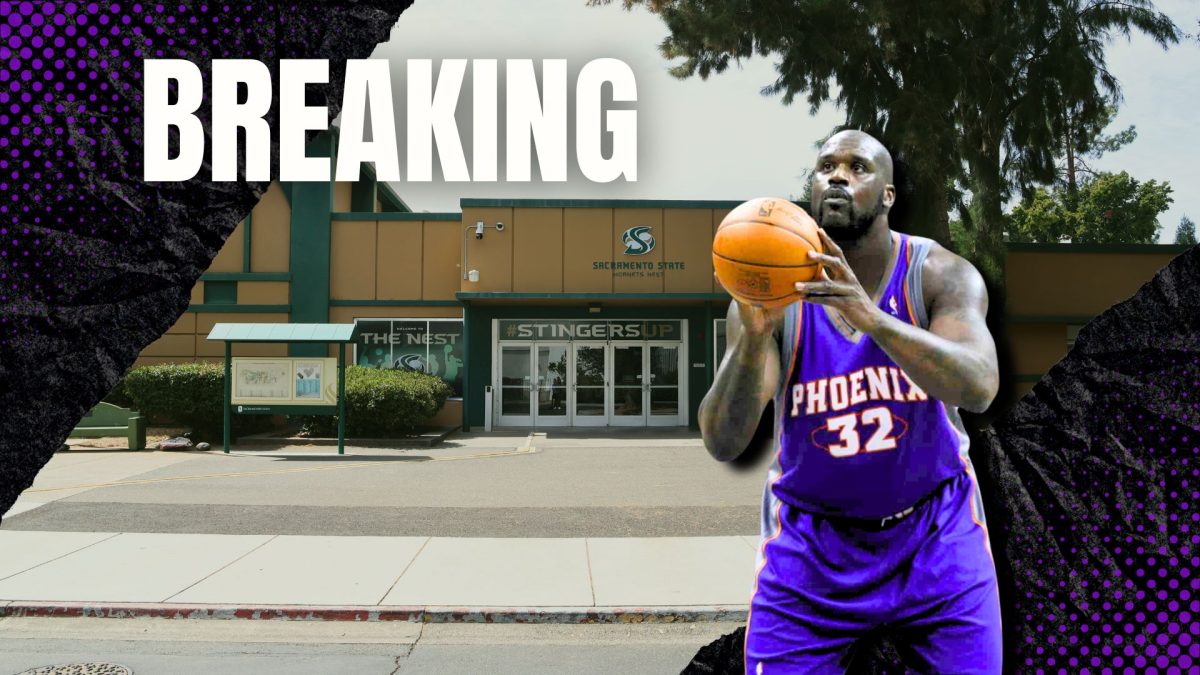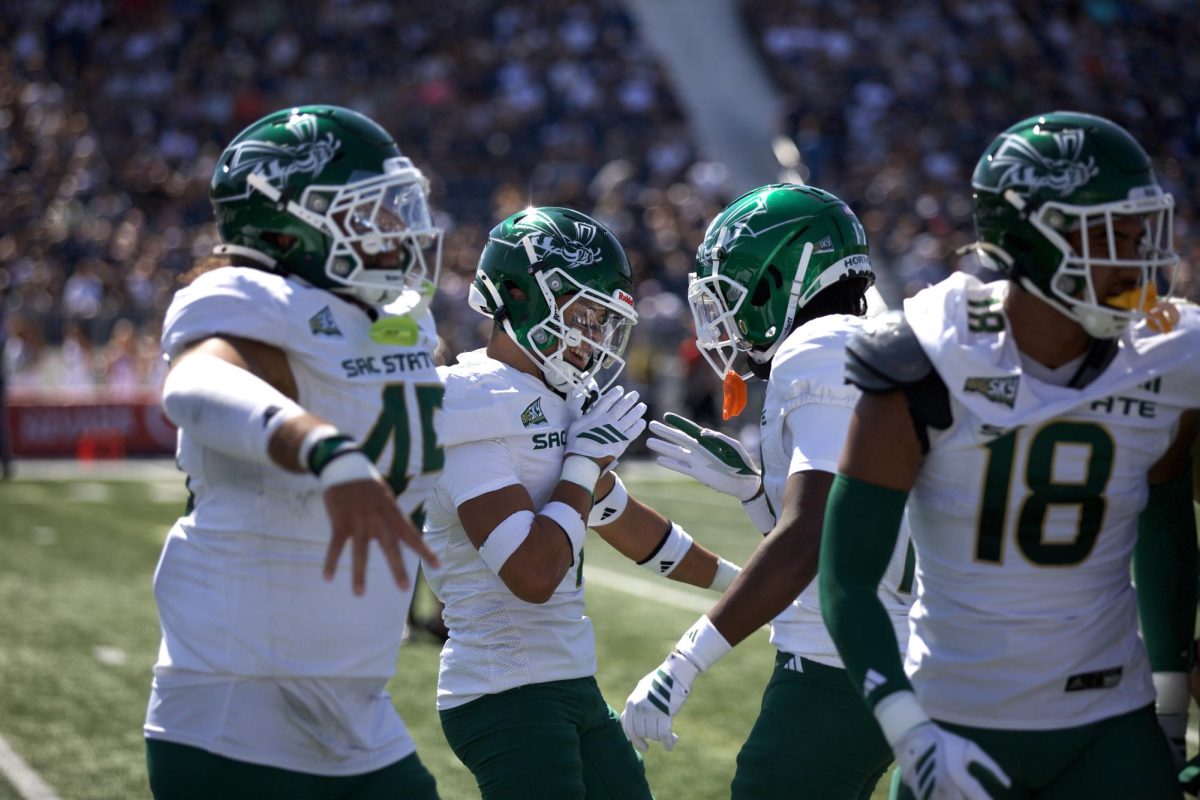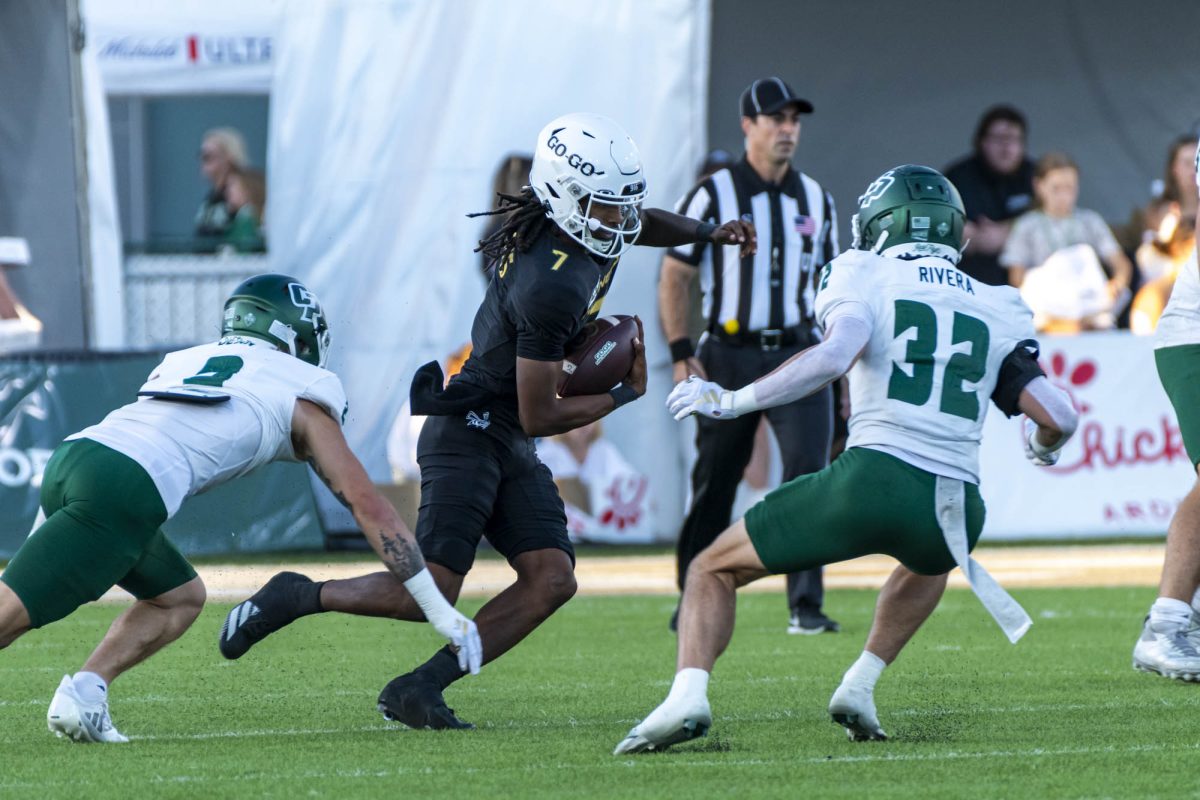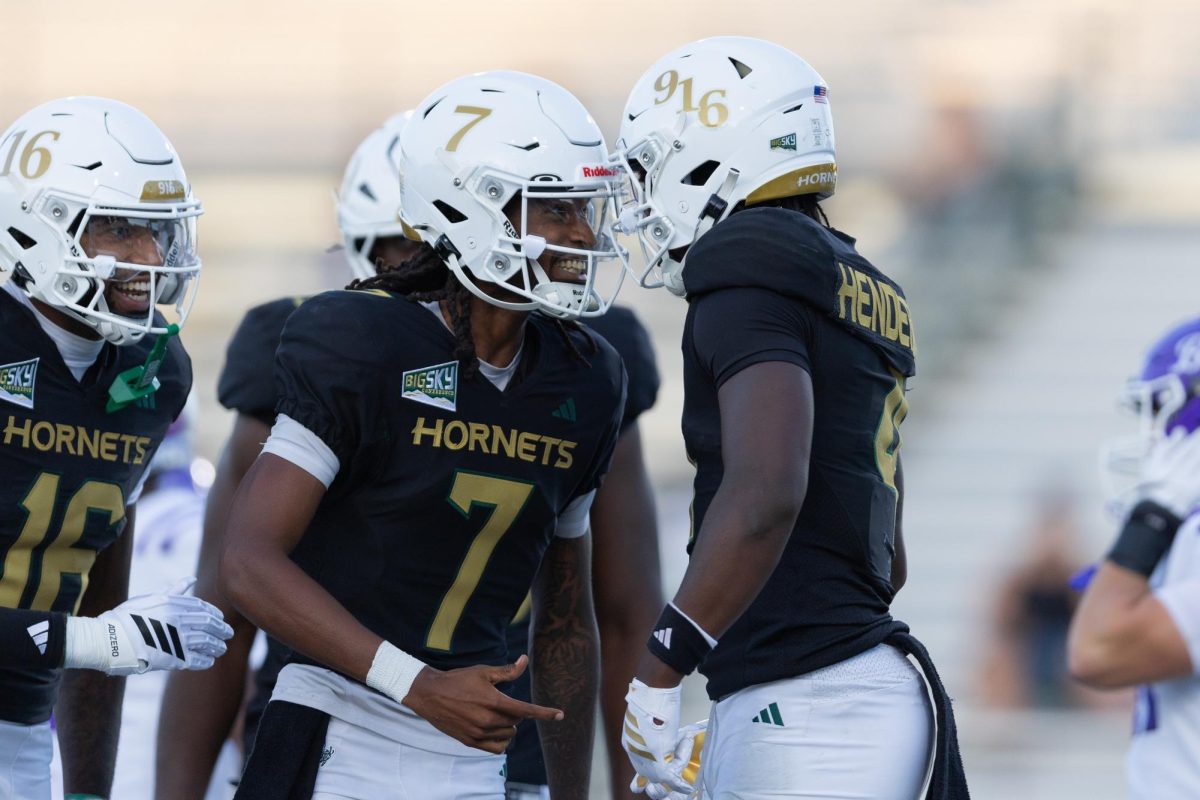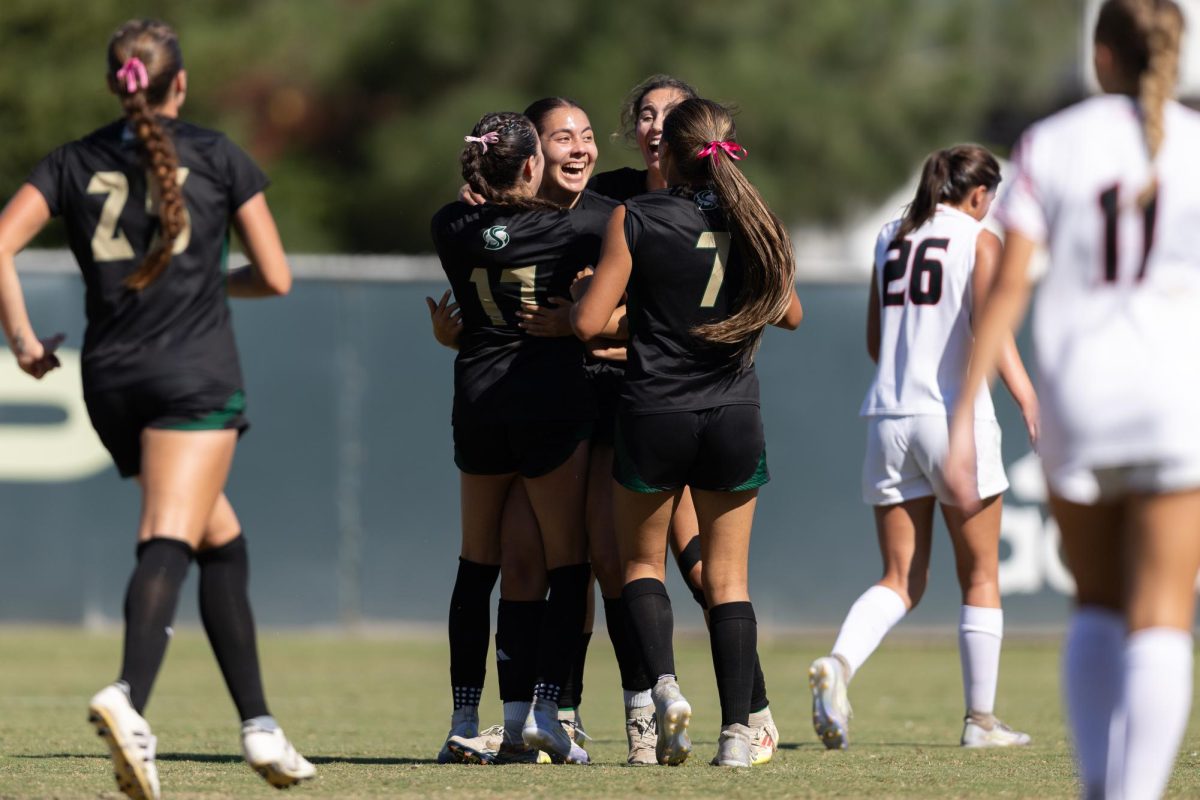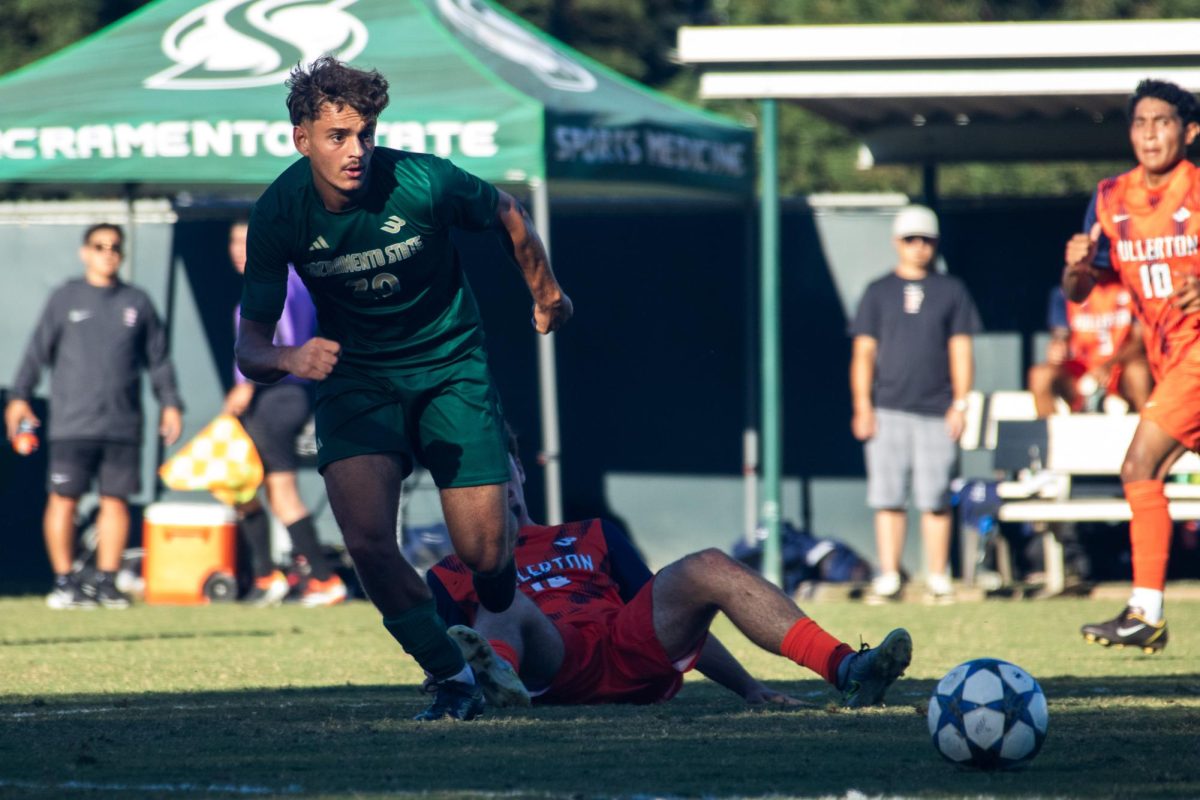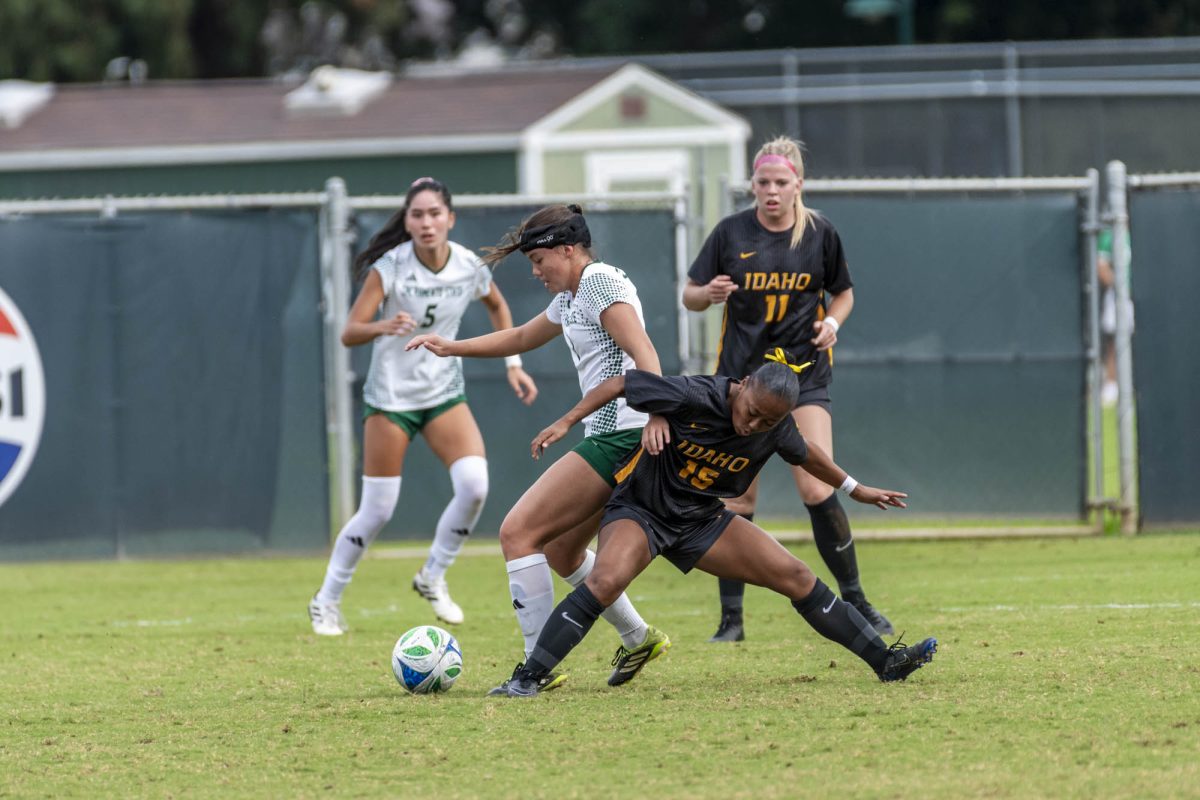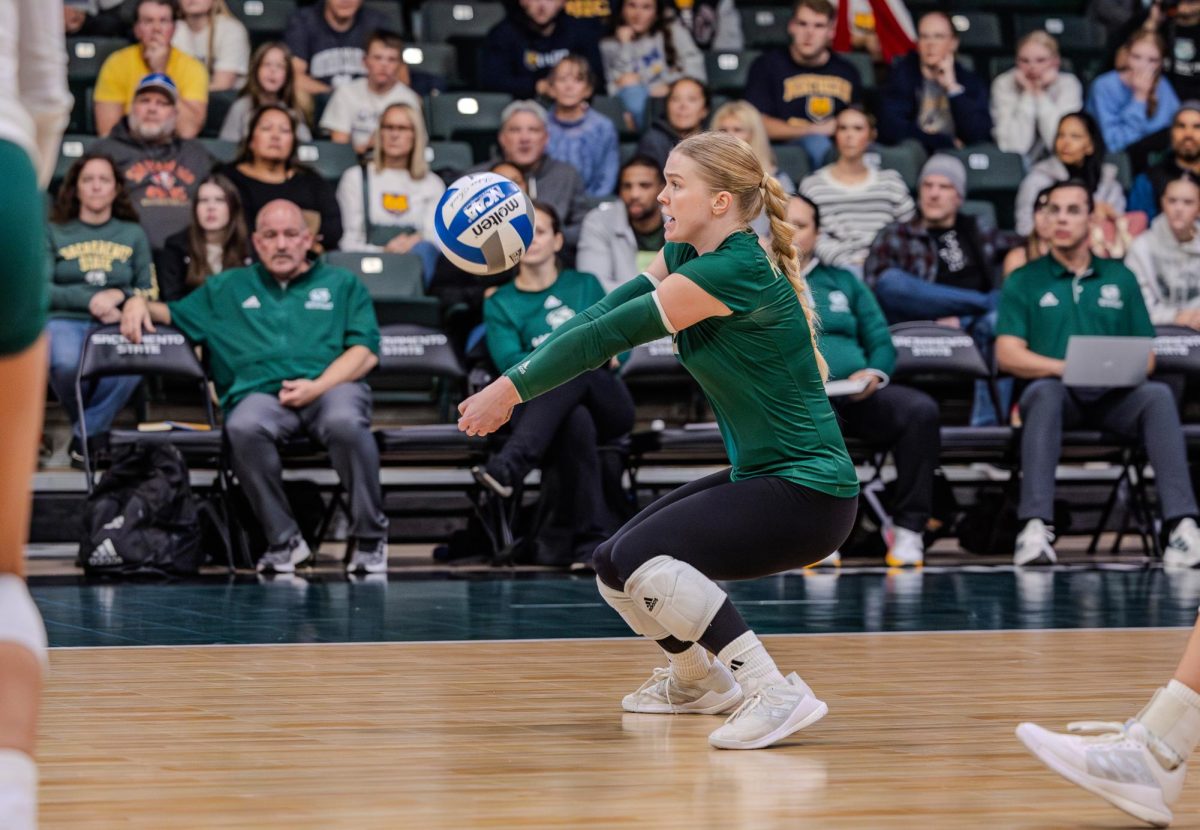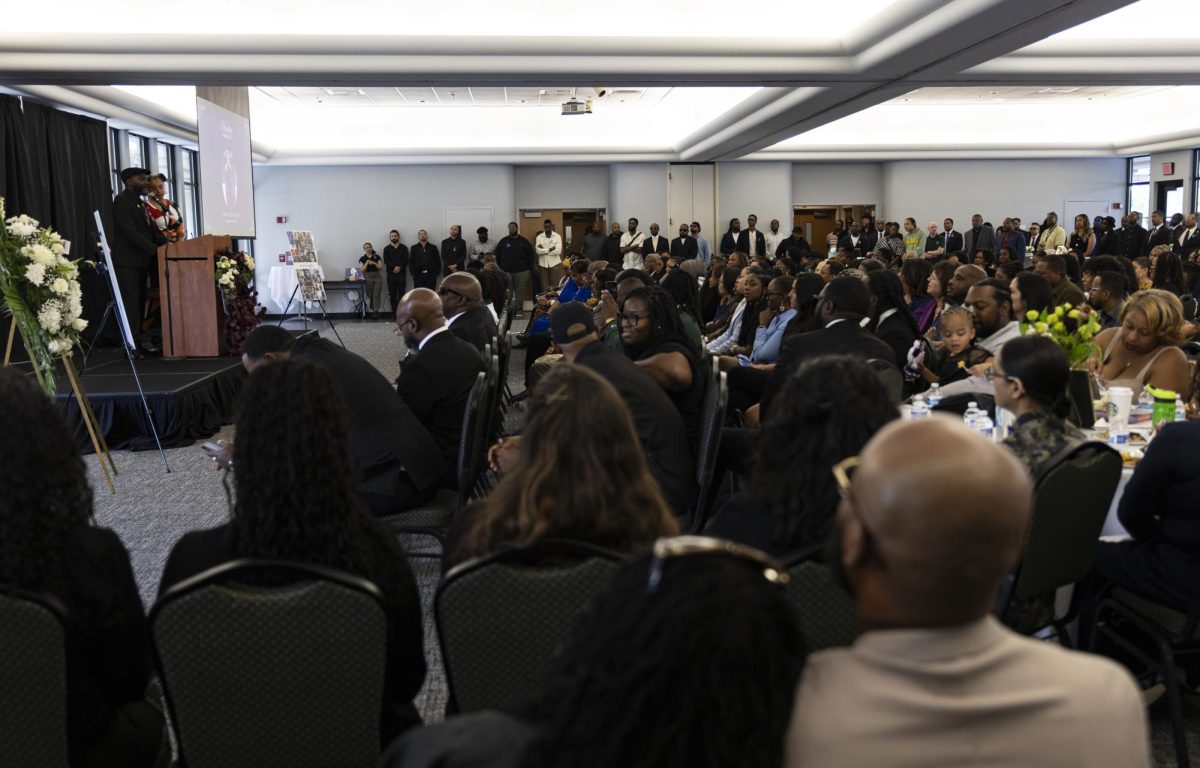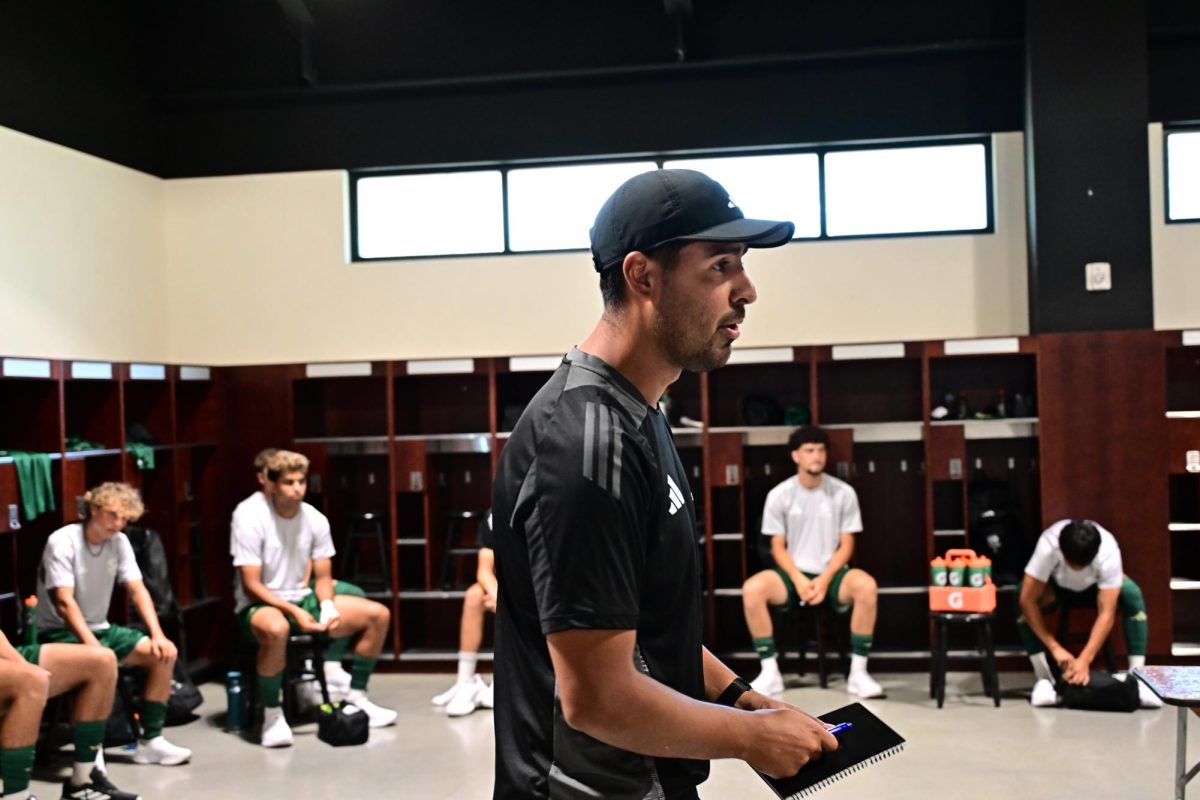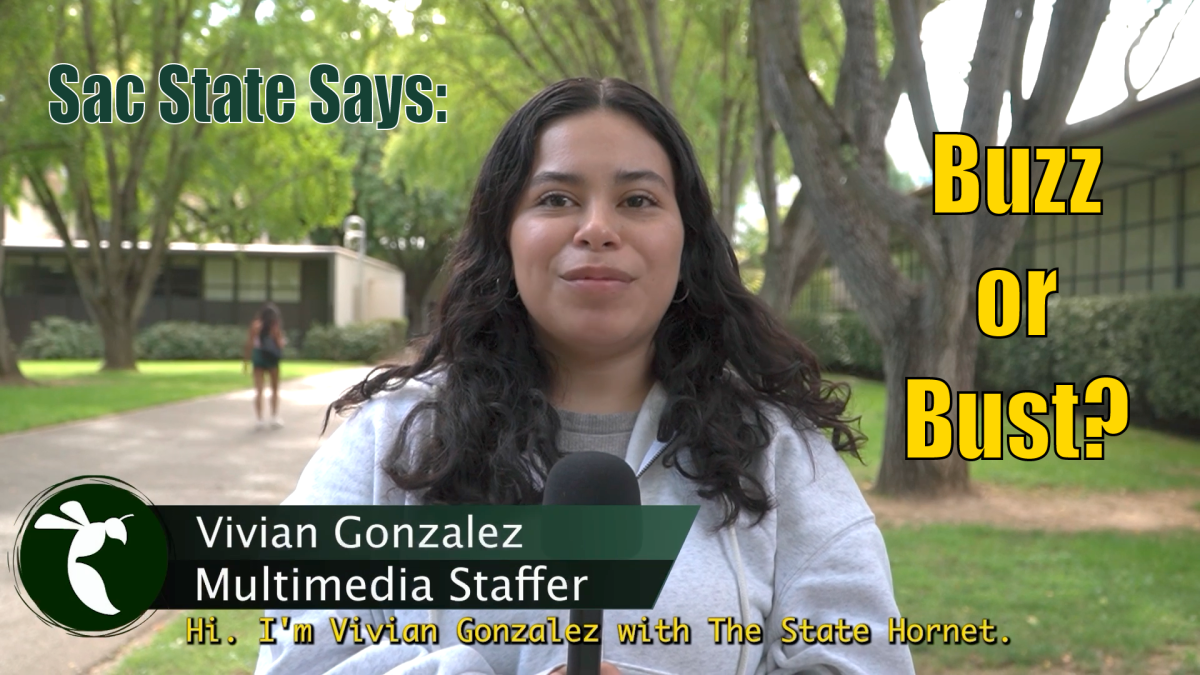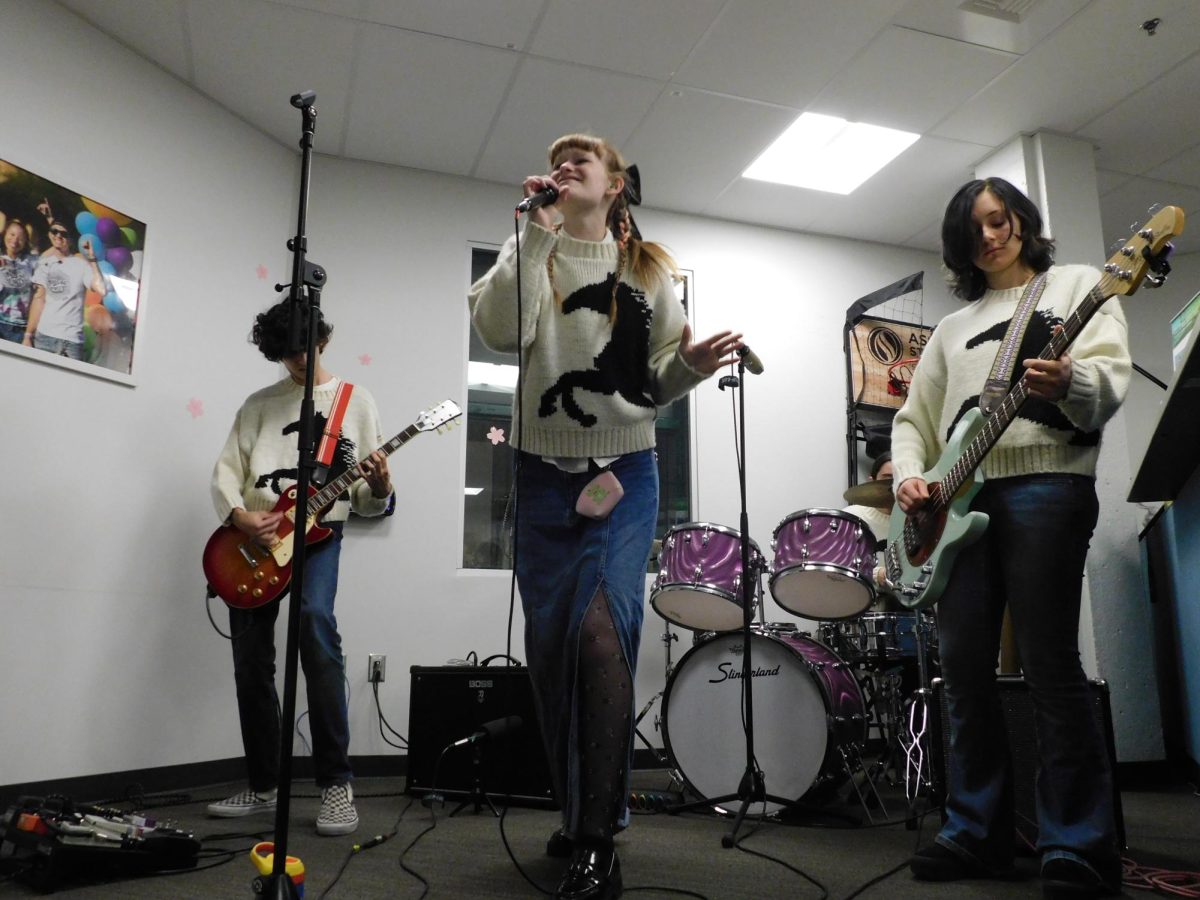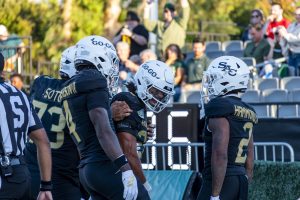Campus signal strong
February 27, 2007
Sacramento State is getting closer to becoming a giant hot spot — where Internet access is universally available on campus.
It is a normal to see students carrying laptops around, and for good reason, because Sac State has recently updated the wireless capabilities on campus.
“Students are bringing their materials to school and we want to accommodate that to the best of our abilities,” Manager of Desktop Services Scott McGown said.
Baseline Access Training and Support, or BATS, is a source of funds that was created to implement current technology into the old and new buildings on campus. BATS helps fund University Computing, Communication, and Media Services (CCMS), whose duties include expanding access to information resources and improving the hardware and software on campus.
“There is always an issue with new technology not being compatible,” instructional computing consultant Matthew Mills said.
Some examples are struggles to update and maintain WebCT as well as the technical glitches and freezes that normally come with trying to update software.
CCMS and BATS perform constant updates to improve the reliability of the campus network, and the labs on campus are open and available to students who do not normally have access to a computer.
Sac State receives funding from the CSU system as well as the State of California. Each campus in the CSU community receives funding that is earmarked for specific purposes. The funding that Sac State receives that is allocated for technology purposes is spread around eight labs, an entire website with individual e-mail accounts and hundreds of campus computers.
“The money gets stretched pretty thin, but we have about 90 percent of the campus wireless,” Mills said.
The University Union is not considered part of the general fund, so it does not benefit from the CSU funds. The Union is self-sufficient through food sales and alternate funding. The new computers that were recently placed inside the Union came from eight other campus labs that received new equipment.
The wireless access that students can use inside the Union is a direct result of BATS. CCMS also run regular scans for viruses, Adobe Acrobat updates and recently added Dreamweaver to some campus computers.
“The BATS is our only reliable source of funds,” Mills said. Most of the funding that Sac State receives is allocated for specific purposes such as sports equipment, construction and campus maintenance. Money that comes in specifically for BATS can be spent only on technological updates.
CCMS spent $149 thousand on 140 wireless access points and more than 30 network jacks. The wireless access points can encompass anywhere from 150 to 300 feet and they are located at spots around campus where they can be most effective.
“There are places on this campus with thick concrete walls and copper wiring which can make wireless connectivity difficult,” Mills said. The art sculpture lab is one location that cannot access the Internet wirelessly because the building is so outdated.
Students are excited about the wireless updates.
Candee Mason is a graphic design major was accessing the wireless network outside Mendocino hall.
“I just logged on for the first time five minutes ago and it is running easily,” she said.
“Smart Classrooms” is a Destination 2010 initiative that is becoming more common on campus to make a Sac State a destination campus.
The newest classrooms have computers, Internet access and projectors, and the older classrooms inside Tahoe Hall and Amador Hall are being updated as well.
Jordan Guinn can be reached at [email protected]



